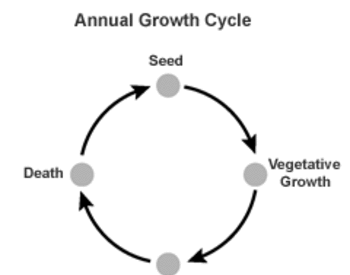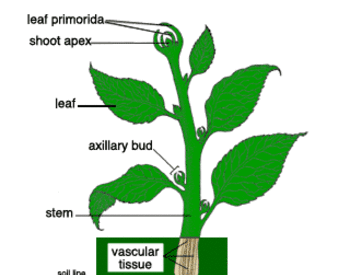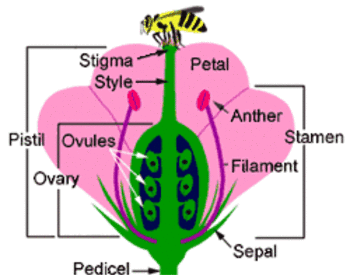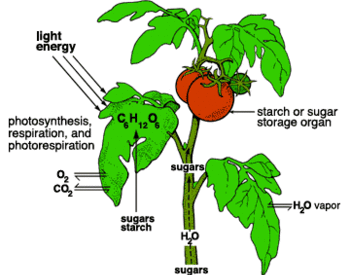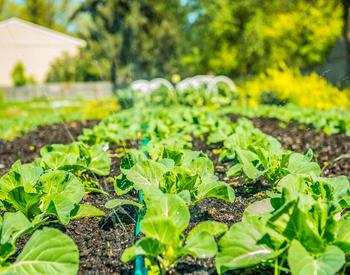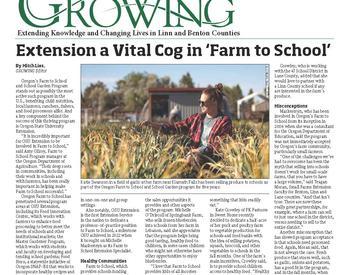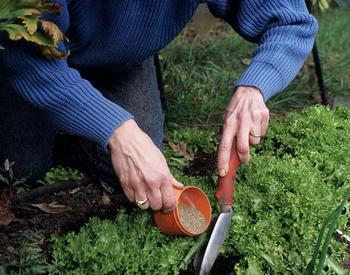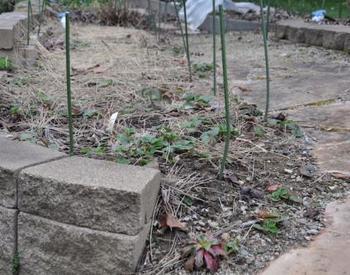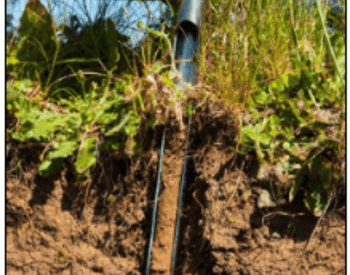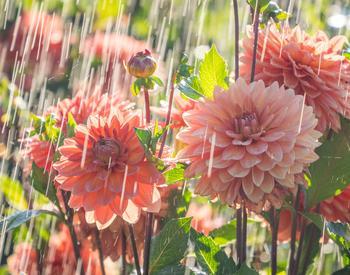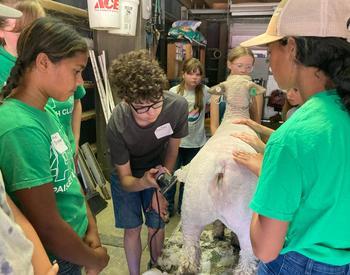Plants are essential to life on earth. Either directly or indirectly, they are the primary food source for humans and other animals. Additionally, they provide fuel, replenish the earth's oxygen supply, prevent soil erosion, slow down wind movement, cool the atmosphere, provide wildlife habitat, supply medicinal compounds, and beautify our surroundings.
Many plants are familiar to us, and we can identify and appreciate them based on their external structures. However, their internal structures and functions often are overlooked. Understanding how plants grow and develop helps us capitalize on their usefulness and make them part of our everyday lives.
This collection focuses on vascular plants--those that contain water- and nutrient-conducting tissues called xylem and phloem. Ferns and seed-producing plants fall into this category.
In several cases, we will distinguish between monocotyledonous and dicotyledonous plants. Sometimes called monocots and dicots for short, these plants have several important distinguishing characteristics. For example, monocots (e.g., grasses and cereal grains) produce only one seed leaf, while dicots have two. The vascular systems, flowers, and leaves of the two types of plants also differ. These differences will become important in our discussion of plant growth and development.
| Structure | Monocot | Dicot |
|---|---|---|
| Seed leaves | 1 | 2 |
| Vascular system | Xylem and phloem are paired in bundles, which are dispersed throughout the stem. | Xylem and phloem inside the stem. The ring of phloem is near the bark; the xylem forms the inner ring. |
| Floral parts | Usually in multiples of three. | Usually in multiples of four or five. |
| Leaves | Often parallel-veined. | Usually net-veined. |
Botany Topics
Interested in studying botany? Learn how to prepare for OSU's undergraduate program in the Department of Botany and Plant Pathology and what type of career it can lead to.

